Ah, the joys of browsing through the spring garden catalogs! To a dyed-in-the-wool gardener like me, these pages of luscious plant photos are as stimulating as a Godiva Chocolates catalog is to a choc-aholic. It doesn’t take me long to develop a list of plants I would love to order for my garden. Then the voice of reason echoes in my head saying, “But will it grow here?”

That is the question each gardener must face. No amount of glossy photos and wishful thinking will overcome the wrong climate, inappropriate soil, or too much or not enough sunlight. Those seeds, bulbs, and plants that arrive in the mail may be doomed to a short, unhappy life if your garden can’t give them what they need.
To avoid wasting your time and money on the wrong plant, you want to match your growing conditions as closely as possible with the conditions best suited to the plant you are lusting after for your garden patch.
Get your FREE copy of Ann’s
Essential Planting Guide For Herbs
To help you make good decisions most catalogs include a copy of the USDA “Plant Hardiness Zone Map.” It divides all of North America into eleven growing zones, based on average annual minimum temperatures. The zone map is a creditable attempt at providing simple guidelines for the casual gardener but it fails to account for the wide range of local gardening conditions to be found even in just one zone. For example, Atlanta, Georgia, Oklahoma City, Oklahoma, and Vancouver Island all are classified as Zone 7. It takes little thought to realize that these widely separated spots have equally widely separated growing conditions.
What’s a gardener to do? If you want to be successful in your plant selection, use the Plant Hardiness Zone Map as one of several growing indicators. Then consider the following five factors to provide a more accurate picture.

Latitude
Latitude measures how far north you are from the equator, which determines the hours in your days and the number of days in your growing season. The farther north you are, the less available solar energy and the shorter the growing season. In parts of the Florida peninsula, the growing season is nearly year-round. But folks in Quebec and northern Maine are faced with a 12-14 week growing season that lends new meaning to “time is of the essence.”
Altitude
Altitude is the constant that effects how dense the air is. Thin air at high altitude transfers solar heat poorly. This is why it gets cold so quickly when the sun goes down. Thin air also cannot hold as much moisture in suspension as the thicker air at sea level. So even though the relative humidity may be high, the water available to the plant leaves is actually very little.
Soil Moisture Needs
Every living thing requires water. The trick is determining just how much water is needed. Some herbs, like sage, need fairly little water and in fact are distinctly unhappy if given too much water. Others like mint and angelica enjoy having an abundance of water.

Humidity
Many herbs are native to dry, sunny hill country, growing them in humid climates can be an exercise in frustration. Extended periods of high humidity foster fungal disease and inhibit the drying out of the soil. If you live near the Gulf Coast or other humid areas, select your herbs carefully. Build your herb garden in a sunny area with raised beds exposed as much as possible to breezes which discourage fungal infections.
Temperature Range
In any region the average annual minimum temperature is only part of the story. What about the average highs? How long are high temperatures sustained?
Bringing It All Together
Now let’s take a few herbs as examples and apply some of the ideas we have discussed. The following are excerpts from nationally-known seed catalogs along with my personal commentary.
Lemon Grass – “Thrives in moist soil and full sun, growing 3-5 feet high. Grow in pots or outdoors after all danger of frost. Zones 9-10.” The reference to moist soil suggests a wet climate is best. However, I have found lemon grass to be quite happy in my Zone 8 garden in a sheltered spot with afternoon sun and modest watering.
Marjoram – “Native to the sunny Mediterranean and therefore quite tender, marjoram is grown as an annual in most parts of this country.” I honestly can’t understand why the writer of this description concludes that herbs from the Mediterranean are tender. It is in fact nearly as hardy as oregano, its close cousin, and is a true perennial.

Mint – “Grow in partial shade or full sun. Perennial, Zones 4-10.” This description doesn’t mention that almost all mints are happiest with lots of water.
Rosemary – “Will grow…where climates are mild and the ground doesn’t freeze. It needs a big pot and should winter indoors in cold climates.” This writer fails to point out that rosemary is distinctly unhappy with excess humidity. It tends to get fungal and insect infestation when the leaves are kept too moist. I would also take issue with the need for mild climate.
Ideally you should only plant herbs in your garden that are native to the same type of environment. But with a bit of tinkering, you can alter the micro-climate in your garden to accommodate a wider range of herbs. Adding or removing moisture, exposing or sheltering from sun and wind, and using mulch, row covering and other season extenders make it possible to realize all those gardening dreams fostered by the seed catalogs.


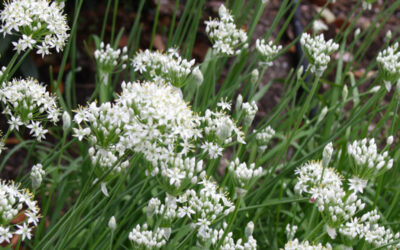
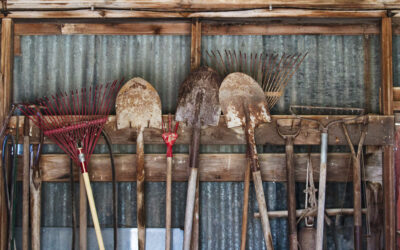
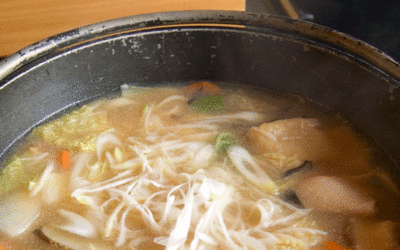


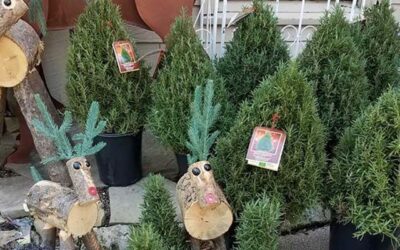


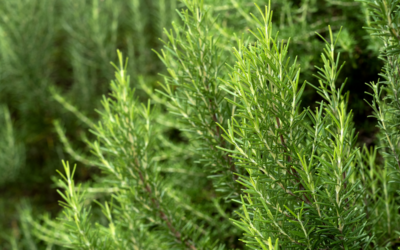


Thank you! Such wisdom…
Everyone assumes L.A. is ideal for growing anything. As my 35 years of wasting money can prove, it is not. I have now resorted to container gardening -and propagating.